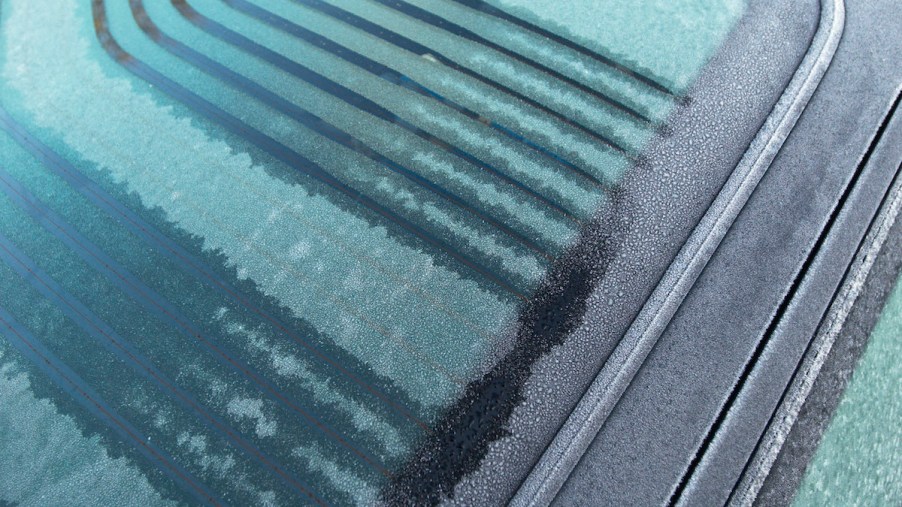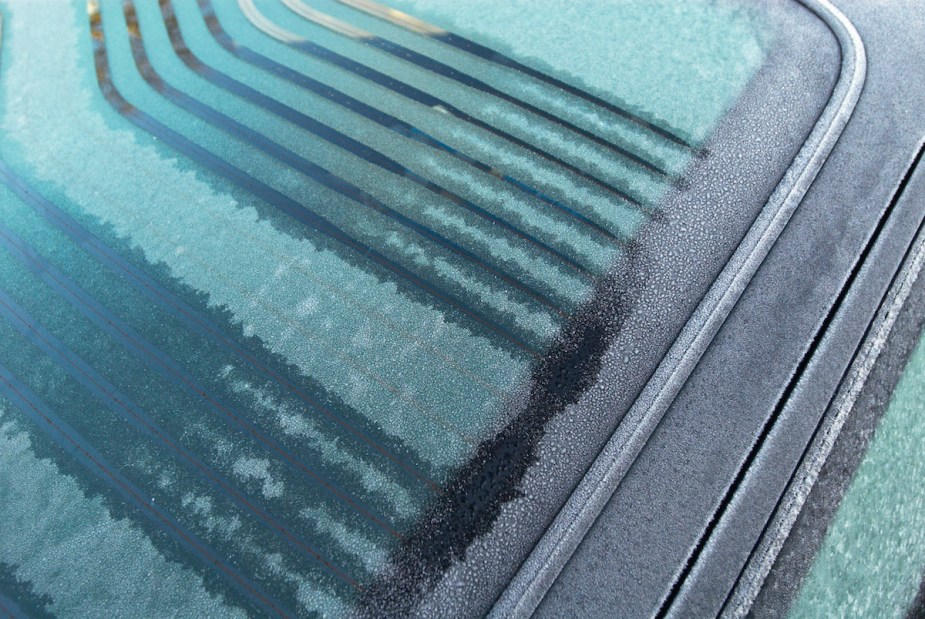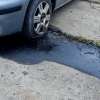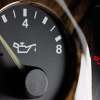
6 Things You Should Never Do When Trying to Defrost Your Window
Many car accidents in the winter can be easily prevented with a good maintenance routine. To improve your visibility, it’s important to defrost windows to keep snow and ice off.
However, defrosting your windows the wrong way can crack your windshield glass. Your car’s defroster might take several minutes to clear most of the ice, but it’s the best way to prevent damage to your vehicle. On the other hand, here are a few of the worst ways to defrost your car.
1. Using boiling water
Pouring hot water over an icy windshield might seem appealing if you’re in a hurry, but RepairPal advises against it. Auto glass contracts when it gets cold and expands when exposed to a hot substance. The sudden temperature change from hot water often results in small cracks that will only get worse over time.
Your auto glass can also potentially shatter if you use boiling water. If you have no other options for a quick defrosting, only use lukewarm or room-temperature water.
2. Using a snow shovel

Unlike ice scrapers, the ends of snow shovels aren’t built with the safety of your car’s windshield in mind. Because of that, many drivers often end up scratching the glass on accident through this method. There’s also the risk that you might drop the shovel while trying to maneuver it across your windshield and cause further damage.
You’re better off leaving your windshield alone and using the shovel for your wheels instead. By the time you’re done clearing the snow from around all four, your defroster will probably have done its job.
3. Using a spatula
If you don’t have a snow brush or ice scraper on hand, a metal spatula is far from the next best thing. At the very least, it will be ineffective because the end isn’t sharp enough to penetrate the ice.
At worst, you’ll end up scratching your windshield by scraping at the ice too hard. You can use a plastic spatula to brush away light snow from your car, but it probably won’t work for removing ice.
4. Hitting the ice
No matter how solid the ice on your windshield might be, it won’t protect the glass underneath. Hitting it with a sharp rock or any other heavy object will shatter the glass with enough force. Even if it doesn’t, you’ll probably leave some cracks behind that will obscure your visibility.
5. Using WD-40 spray
In automotive applications, WD-40 should only be applied as a rust preventative or to remove sticky substances from your car. While it also works as a water repellent, it’s difficult to remove once applied. Large amounts of WD-40 can also corrode your windshield glass in extreme circumstances.
Deicer sprays are better solutions for defrosting your car’s windshield, doors, and locks. Additionally, these solutions leave behind a protective layer that will prevent further ice growth for a certain amount of time.
Just be careful around your car’s paint, as the harsh chemicals in the de-icer can damage it. RepairPal also says that you can make your own deicing spray by mixing 2/3 isopropyl alcohol and 1/3 water.
6. Turning the wipers on too early
After a big snowfall or extreme temperature drop, your windshield wipers will likely be frozen to your vehicle. Attempting to use the wipers too early can damage the blades. If they won’t move at all, turn them off immediately to avoid overworking the wiper motor.
Once you’ve successfully melted the ice around the blades, you can activate them to remove any lingering snow or moisture. Also, remember to keep the washer fluid reservoir filled during the winter. Planning ahead will get you on the road faster without having to rely on quick, risky solutions.


